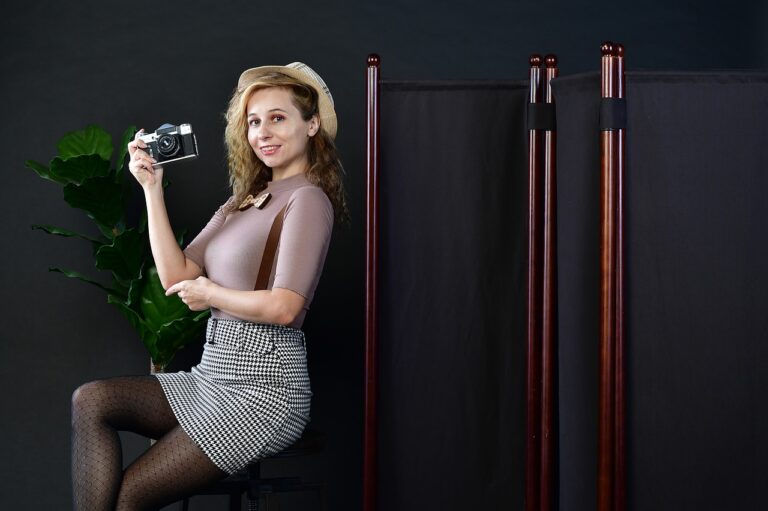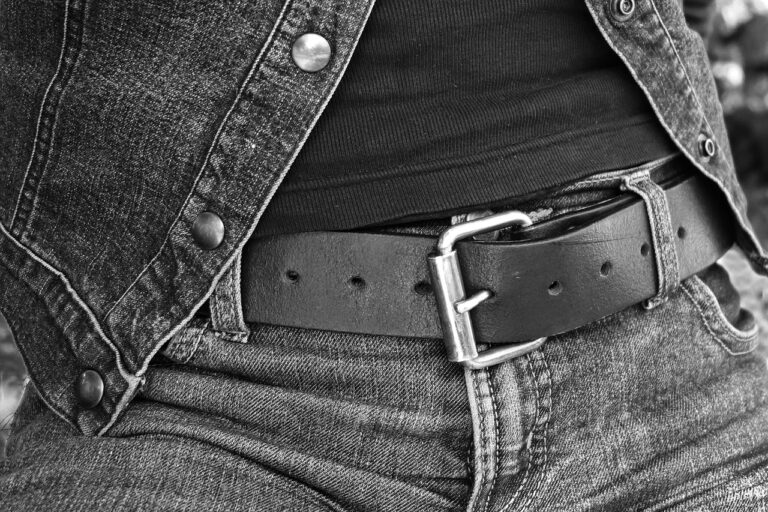The Psychology of Fashion: How Clothing Choices Influence Self-Perception and Confidence
Color plays a significant role in influencing our mood and emotions. Research indicates that different colors can evoke specific feelings and reactions in individuals. For example, warm colors like red and orange are often associated with energy, passion, and excitement, while cooler tones such as blue and green are linked to calmness and relaxation.
Moreover, the impact of color extends beyond personal preferences to societal norms and cultural influences. In Western societies, black is often associated with sophistication and formality, while in some Asian cultures, it symbolizes mourning and sorrow. Understanding the psychological effects of color can help individuals make conscious choices in their surroundings, whether it be in selecting clothing, home decor, or even branding for businesses.
Body Image and Clothing Choices
Body image plays a significant role in influencing a person’s choice of clothing. How individuals perceive their body can directly impact the styles and cuts they feel comfortable wearing. Those with a positive body image may be more inclined to experiment with various clothing options, while individuals with a negative body image may opt for clothing that conceals certain areas or adheres to specific societal norms. This dynamic relationship between body image and clothing choices underscores the profound psychological implications that fashion can have on one’s self-perception and confidence.
Furthermore, the media and societal standards often perpetuate certain body ideals, which can further complicate an individual’s relationship with their body image and clothing choices. This pressure to conform to unrealistic beauty standards can lead individuals to feel dissatisfied with their appearance and limit their sartorial choices to fit within these constraints. As such, embracing diverse body types and advocating for body positivity can help individuals feel empowered to express themselves through their clothing choices, irrespective of societal expectations.
• Individuals with a positive body image may feel more comfortable experimenting with different clothing styles and cuts
• Those with a negative body image may choose clothing that conceals certain areas or follows societal norms
• Media and societal standards often perpetuate unrealistic beauty ideals, impacting individuals’ relationship with their body image and clothing choices
• Embracing diverse body types and promoting body positivity can empower individuals to express themselves through their clothing choices
Cultural Influences on Fashion Psychology
In the realm of fashion psychology, culture plays a pivotal role in shaping individuals’ clothing choices and perceptions. From traditional attire to modern trends, cultural influences serve as a significant factor in how people express themselves through clothing. Each culture brings unique aesthetic preferences, color symbolism, and societal norms that impact fashion psychology on a global scale.
Moreover, cultural symbols and values deeply embedded in fashion can evoke specific emotions and behaviors among individuals. For instance, certain colors or patterns may hold significant cultural meanings that affect one’s mood and confidence when wearing them. Understanding these cultural influences is crucial in comprehending the intricate relationship between clothing choices and psychological well-being.
How does color impact mood and emotions in fashion psychology?
Color can influence mood and emotions by evoking certain feelings and associations. For example, bright colors like yellow can promote happiness and energy, while dark colors like black can convey sophistication or power.
How does body image affect clothing choices in fashion psychology?
Body image plays a significant role in determining clothing choices. People may choose clothes that highlight their best features or conceal areas they are self-conscious about. Cultural norms and standards of beauty also influence how people perceive their own bodies and make fashion decisions.
How do cultural influences shape fashion psychology?
Cultural influences play a crucial role in fashion psychology by impacting what is considered fashionable or trendy in different societies. Cultural traditions, values, and beliefs can influence clothing styles, color choices, and overall fashion preferences. Additionally, cultural representations in media and popular culture can shape individuals’ perceptions of fashion and style.





